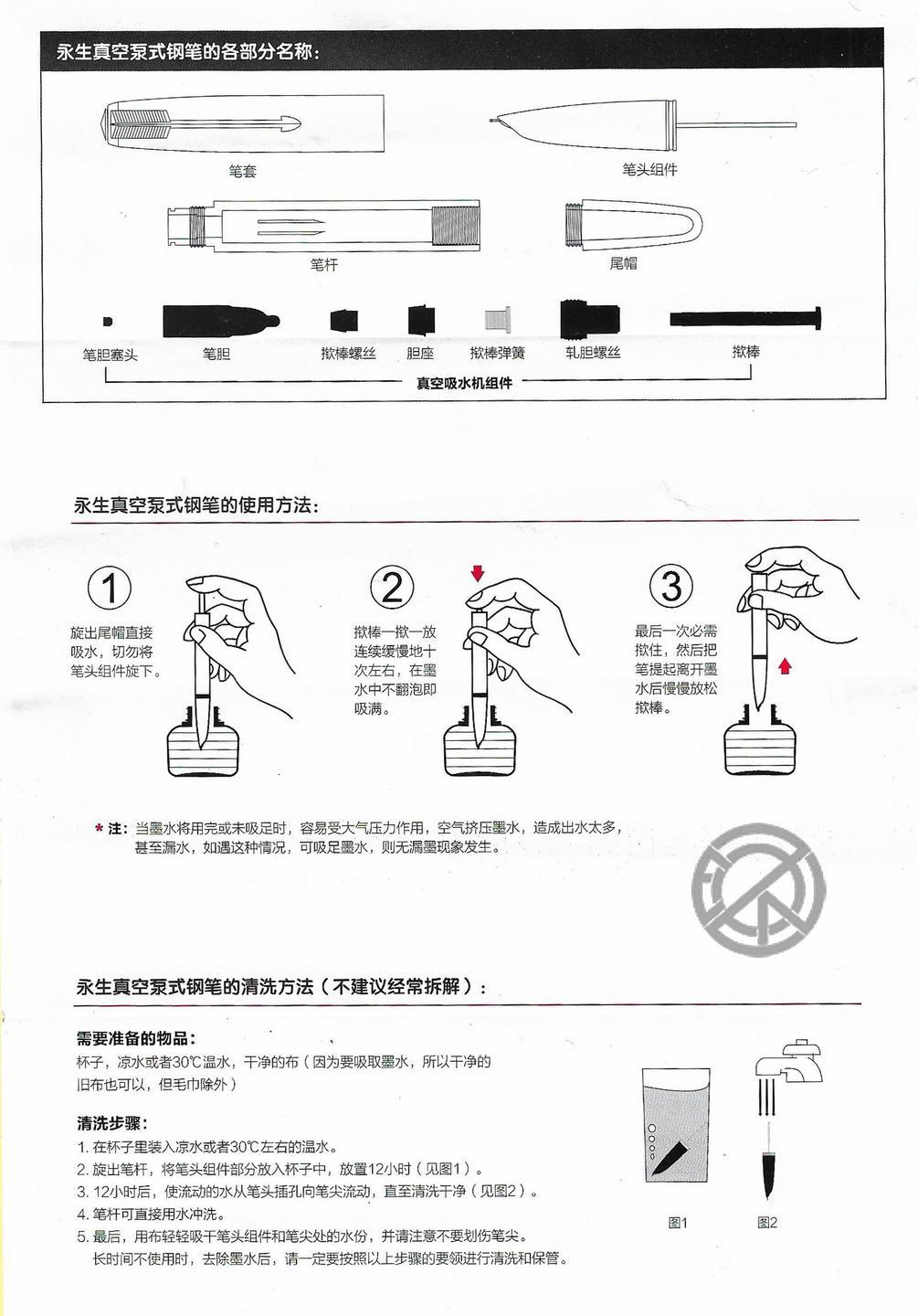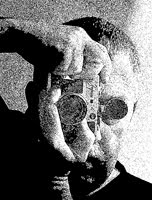2018 New Old Design, a retrospective new fountain pen. The Hero/Wing Sung #601 reviewed, described & admired
ongoing FYI interest. The black body #601s have become NLA, also the wholesale price on remaining colour choices has doubled. I was sort of expecting this as there didn't seem to be a lot of these when I first ran across them and so I only bought black ones, one of which is now -mine- =) At this point I have to decide if I should raise their price. If stock becomes available again, I will adjust that too. I watched a similar exciting pen go through the same motions in 2015. Limited production, limited numbers ever offered. And Collectors found this one as well, hence the immediate demand.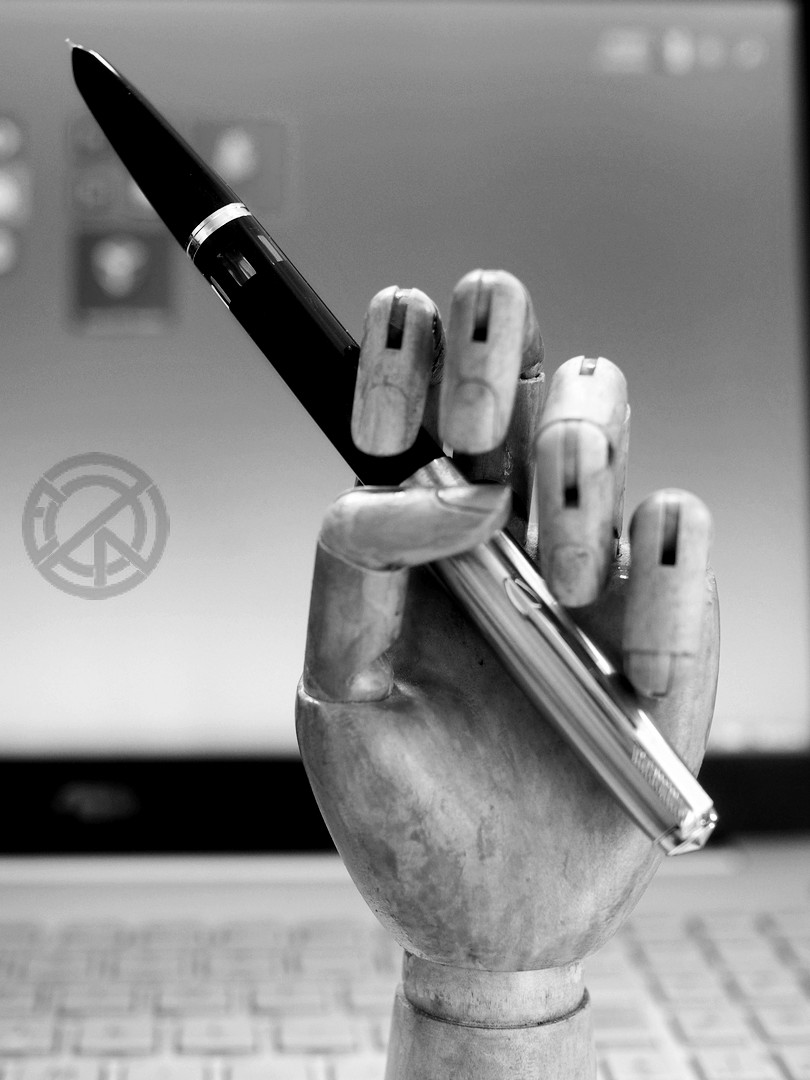
In the 1930s and 40s Parker Pens used an internal filling system called the Vacumatic. The blind body cap of the pen was threaded to expose under that hidden cap, a pump plunger. This pump was attached to a diaphragm bladder that was fixed at the back and when you depress the plunger, it would distend the bladder down into the body core, diminishing the volume; on the upstroke release, that volume would be restored. This causes a simple vacuum which would be the method to fill the pen's ink reservoir. The pen also has a breather tube connected to the feed, which aids the ink flowing into the pen and staying there as the pen is pumped. Instructions from Parker said to pump and release quickly, 10 times, waiting 1 second between each. The vacuum would pull ink through the breather tube and spill into the reserve. leaving the remaining air at the top/back of the pen. Repeating this would eventually remove most of the air and replace it with ink, [to the length end of the tube.] A Vacumatic pen bubbles as you fill it, this will cease once it's full. Years later, Parker replaced the pump with a less complex mechanic. A bladder attached in the other direction was squeezed, the breathing tube remained and the internal mechanics of the fill remained the same.
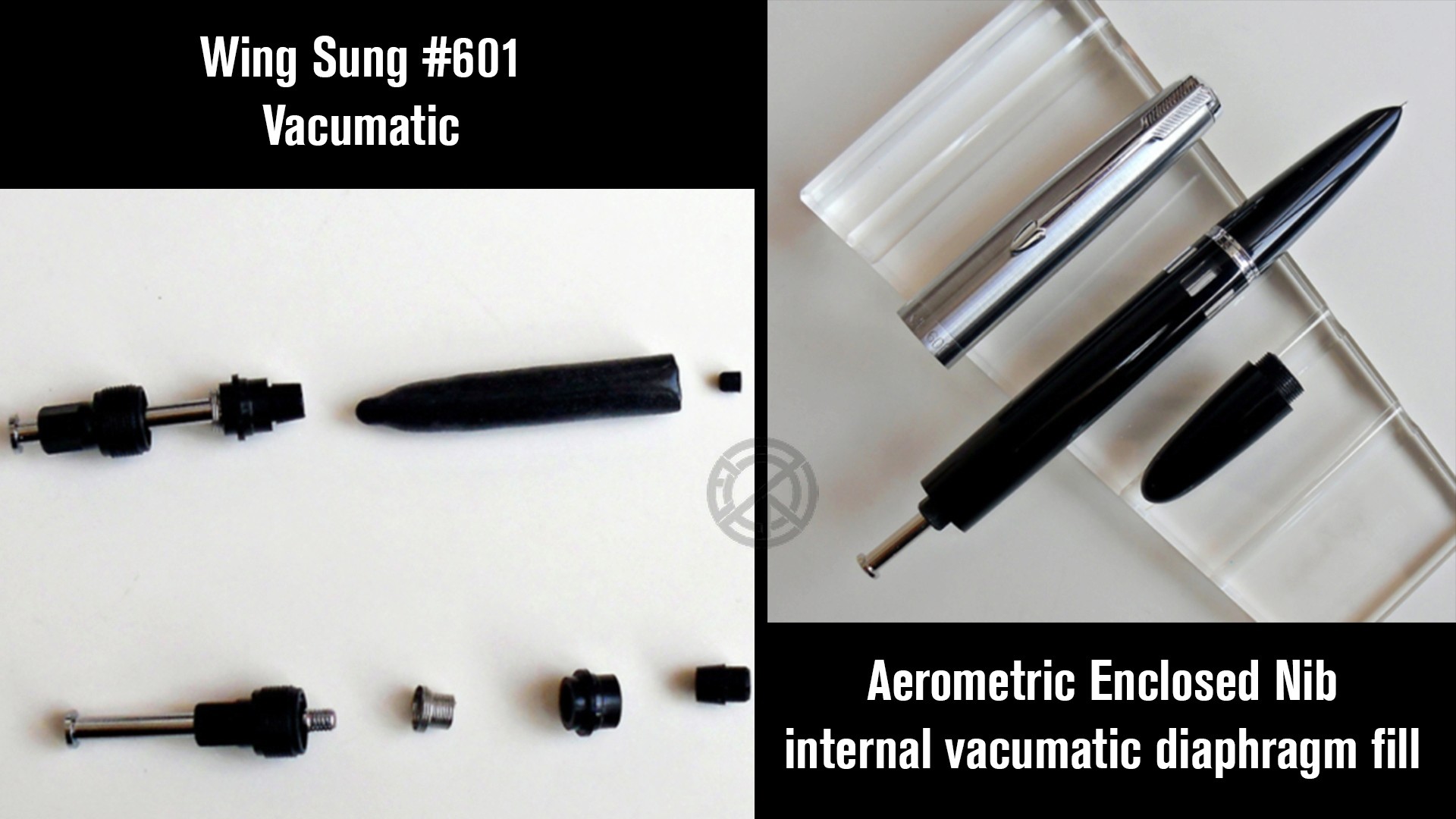
Early Parker 51s had a Vacumatic fill. This was replaced around the 50s. Vacumatics were complex by design and while the last a long time, almost all pens of that age require rebuilding as time and abuse can deteriorate the system. The replacement squeeze bulb fillers are quite long lifed. It's rare, unless a pen has been abused, say ink drying in the pen, for the latter system to need nothing more than cleaning, even after 70 years.
High end pen brands at the time worked on designs that were unique. These allowed them proprietary manufacture. Truthfully, these complex systems weren't the best designs. Schaeffer's snorkel pens over time the plastic of the pens loses tolerance and won't draw ink any longer. MontBlanc's internal pump had cork gaskets that dissolve with age. Parker's Vac bladder, would dry out and degrade. Simple and cheaper pens, had mostly foolproof systems. An eyedropper fill, or a button fill bladder pen, can be 100 years old and work as planned. Rubber over time dries and cracks, but there is little else to go astray.
Until 2018, if you wanted a Vacumatic pen, you had to search and find a restored Parker. As a collector, this didn't bother me. I learned how to repair and fix Vacs early on. The were fun to restore. But they are not easy, and you can mess them up, unless you know the lore and method behind their design. Lots of small parts. Redesigned in WWII to use non metal bits to help with the war effort, it's a labour of love to restore a vintage Parker. But the success rate is high and matched with their beautiful gold nibs, you have a great pen when you get done. Something that you will treasure.
Jump the present day and the Shanghai Pen Factory aka HERO, which has long kept the concepts of PARKER alive in modern design. Parker as a modern Fountain Pen maker no longer makes pens that are proprietary. They use modern ideas such as ink cartridges, ink converters. Their pens are like so many designs of the last few decades. HERO in China, either made PARKER regionally, or they bought up the old Parker tooling. Because for years they have offered their own multi model lines of AEROMETRIC designed fountain Pens. The PARKER 51 was the original Aerometric Fountain Pen. It was unique at it's introduction in the 40's All the new complexity was in the front end of the pen. We covered how the back was first a VAC and later a squeeze bulb fill. The unique change of the 51 was the nib and feed and section. Redesigned completely to compete with the growing ballpoint pen market.

Aerometric was a covered nib, only the very tip was exposed, the section covering the rest of the nib and feed. This wasn't just cosmetic, the section hid a new internal design. The nib was tubular, the feed inside that with the now ubiquitous breather tube. Both tubular nib and feed were much smaller than most older, exposed nib/feed designs. This new system was surrounded by a new part. The collar. Filling most of the covered section, hollow in it's centre, is a finned collar. What this did inside the covered section was keep that nib and feed immersed in ink. Filled in the capillary spaces of the fins, retained inside the section of the pen. Behind this was the body and the main ink reserve. What this did effectively was keep the nib wet, even when stored upright. Gravity drains ink back into the body reserve on all liquid ink pens. But the Aerometric, by design, made that happen over months vs days. Your pen did not dry out. One of the selling features of newer Ballpoints. The tubular nib and ink flow was created to mimic a non flexing, consistent line width, again in competition with the ballpoints. Parker 51s and their latter ilk became desirable for their accurate and clean features.
Hero in modern years was the only pen maker to still make a true Aerometric Fountain Pen. Their designs were based on the 50s and 60s Parkers. Since they had the same tooling, these pens reflected the old Parkers. Now they've gone that step further. Hero, under the brand Wing Sung has reintroduced the Aerometric Vacumatic Fountain Pen. Looking and writing with this pen can take you right back to the beginning of the Parker 51. Which it is effectively. In every aspect. The Wing Sung #601 is not a copy of a Parker 51, it looks and is the same dimensions, yes. But it's had the benefit of time and modern manufacture. This pen uses new parts, that mirror the original. But this pen can be completely stripped and cleaned by the owner! One of the worst things about an Aerometric pen is having to clean it effectively. If you have a set ink choice. It's not a problem. But the writer that likes to change inks, is hard done by with an Aerometric. That front section houses a lot of ink and if you don't open the pen up, hard to remove all that no matter how hard you work at it. Now Parkers were not meant to be serviced my their customers. Hence the HERO Aerometric came with those same issues. The advantage to a HERO pen was they were affordable enough to buy multiples for your ink choices. Problem solved.
The Wing Sung #601, being a brand new redesign, has the ability to improve it and they did. The Aerometric parts are hand tight accessible. Cleaning is straightforward and so you can use whatever ink[s] you desire. This also means that nib swaps are very easy now. I hope we see in the very near future, gold, steel, widths. Dare I ask, flex nibs? And this hasn't been lost on the Vacumatic side either. It too has replacement accessible parts. The Parker pens require factory tooling to get at the mechanics. The Wing Sung, common tools. Durable metal parts. The instructions show a parts list. So I hope this pen's parts will be available. If so, this could be a very popular pen. HERO, mostly under the brand Wing Sung has introduced a lot of new pen ideas. Interestingly they have often done the Asian maker approach of cloning existing concepts. There are now a handful of Wing Sung models that take the Taiwanese maker TWSBI who has popularised internal pump acrylic clear demo fountain pens. Very serviceable. A lot of these new models mimic the original TWSBI. I like that they actually have improved on the concept as they cloned.
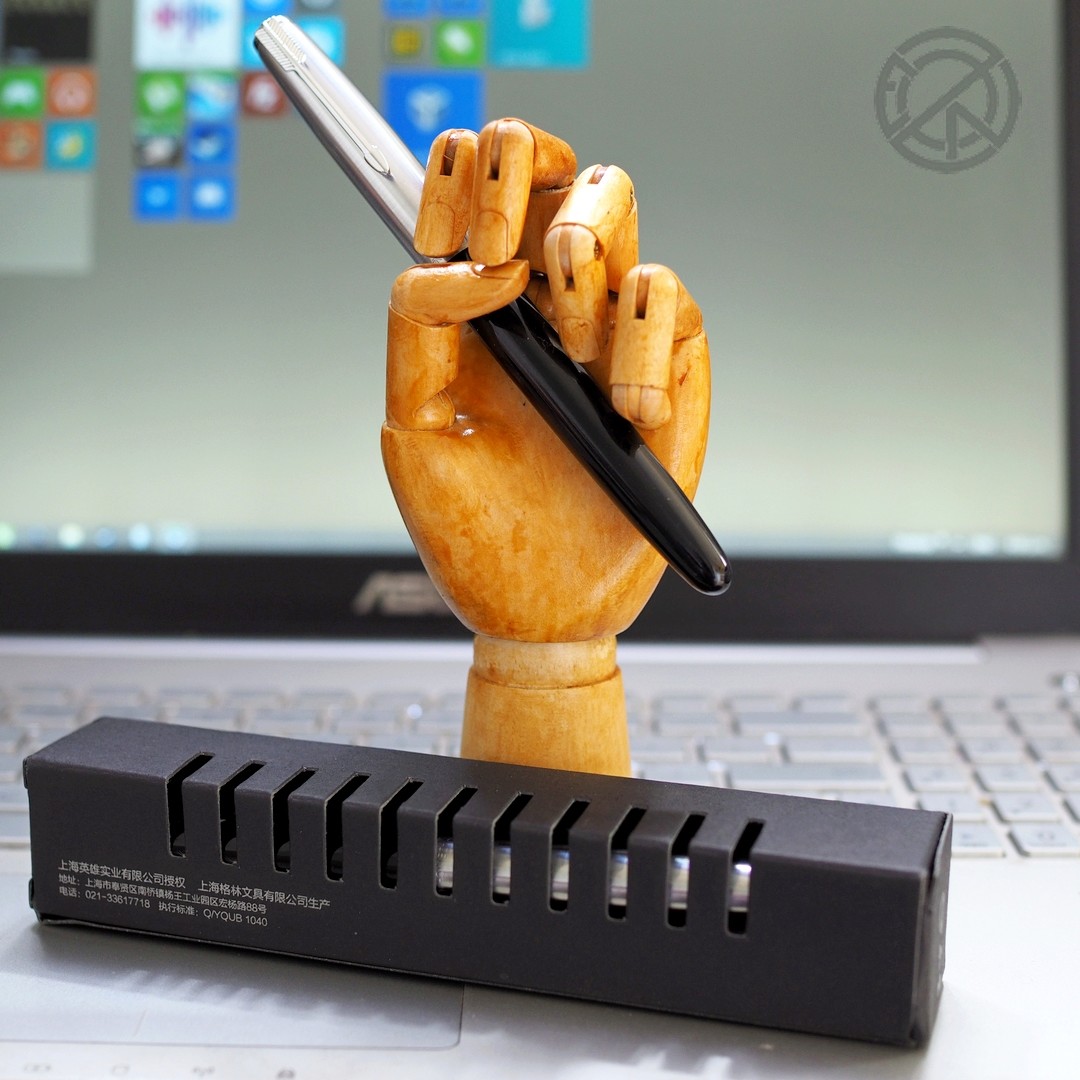



One aspect I find a problem with internal pump pens that have an exposed twist pump, is that you can fiddle this when writing or posting the pen. I have thus glurked, blurted ink from these designs when I didn't mean to. The different Wing Sung's I have used so far, all address that issue. Their twists, lock or hard click. Simple solve, but lacking in my original pen that they've cloned ... aka the TWSBI Eco
I have the Wing Sung #601 currently [while they are available] as an auction. Testing this pen, I am very pleased with it's writing feel and handling, so I love that it just doesn't impress mechanically. But it's great to see a modern Vacumatic option. I hope they keep going with this and come out with an old school #6 exposed nib style option. Jinhao's recent hit the #992 is another of these well planned designs. It's impressive feature is the cassette threaded Nib and feed. Something that opens up the idea that you again, can use one pen and change it's nibs at will. These aren't new ideas, but they are certainly good ideas. Modular design in fountain pens make them serviceable, repairable, dynamic and practical.
